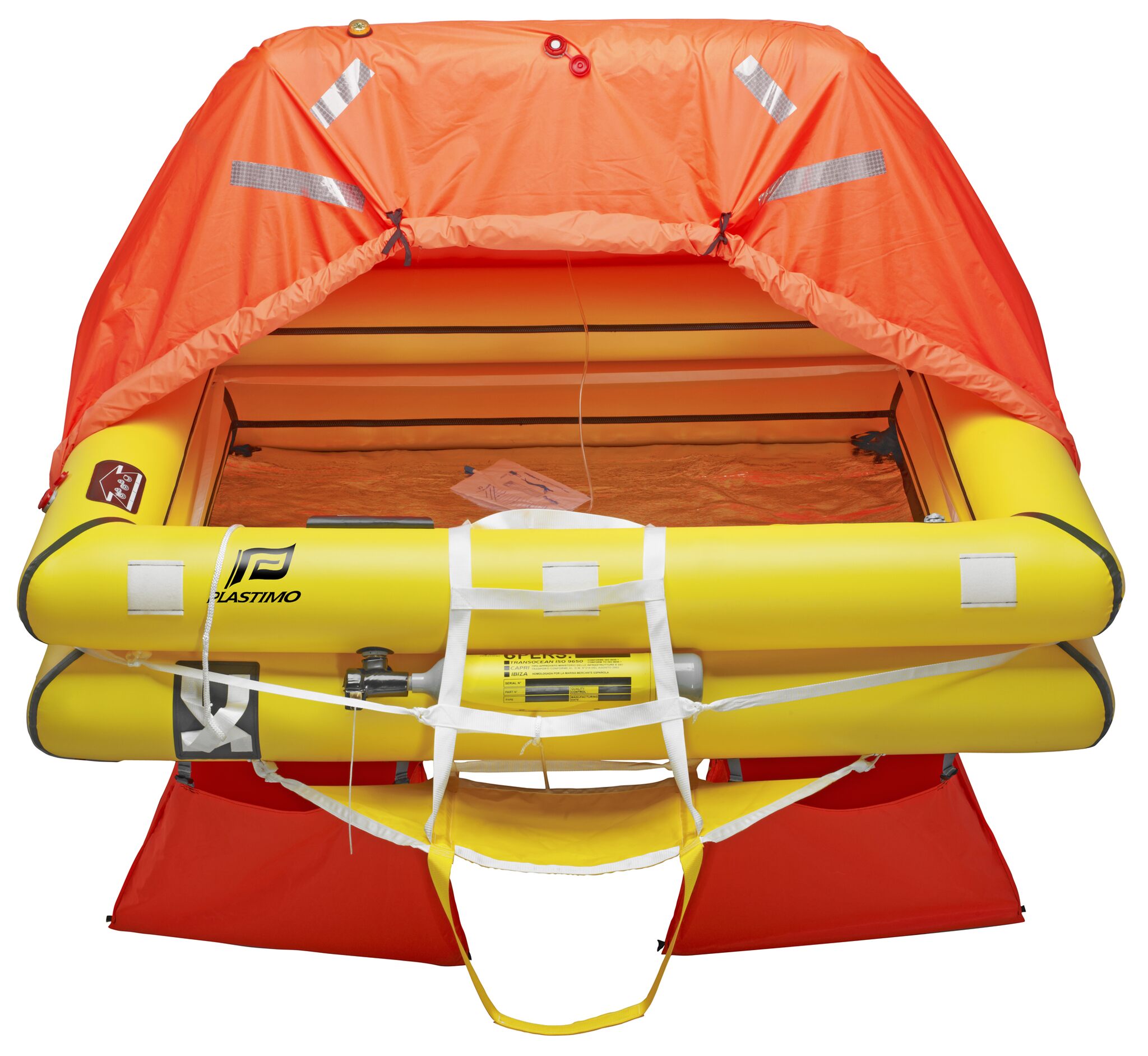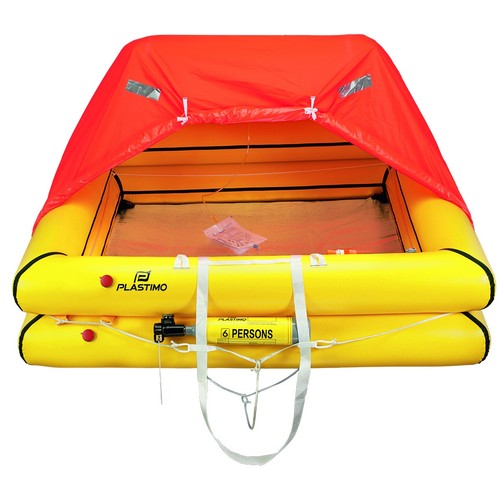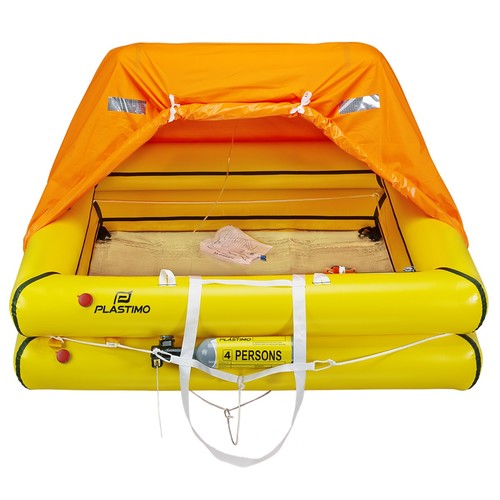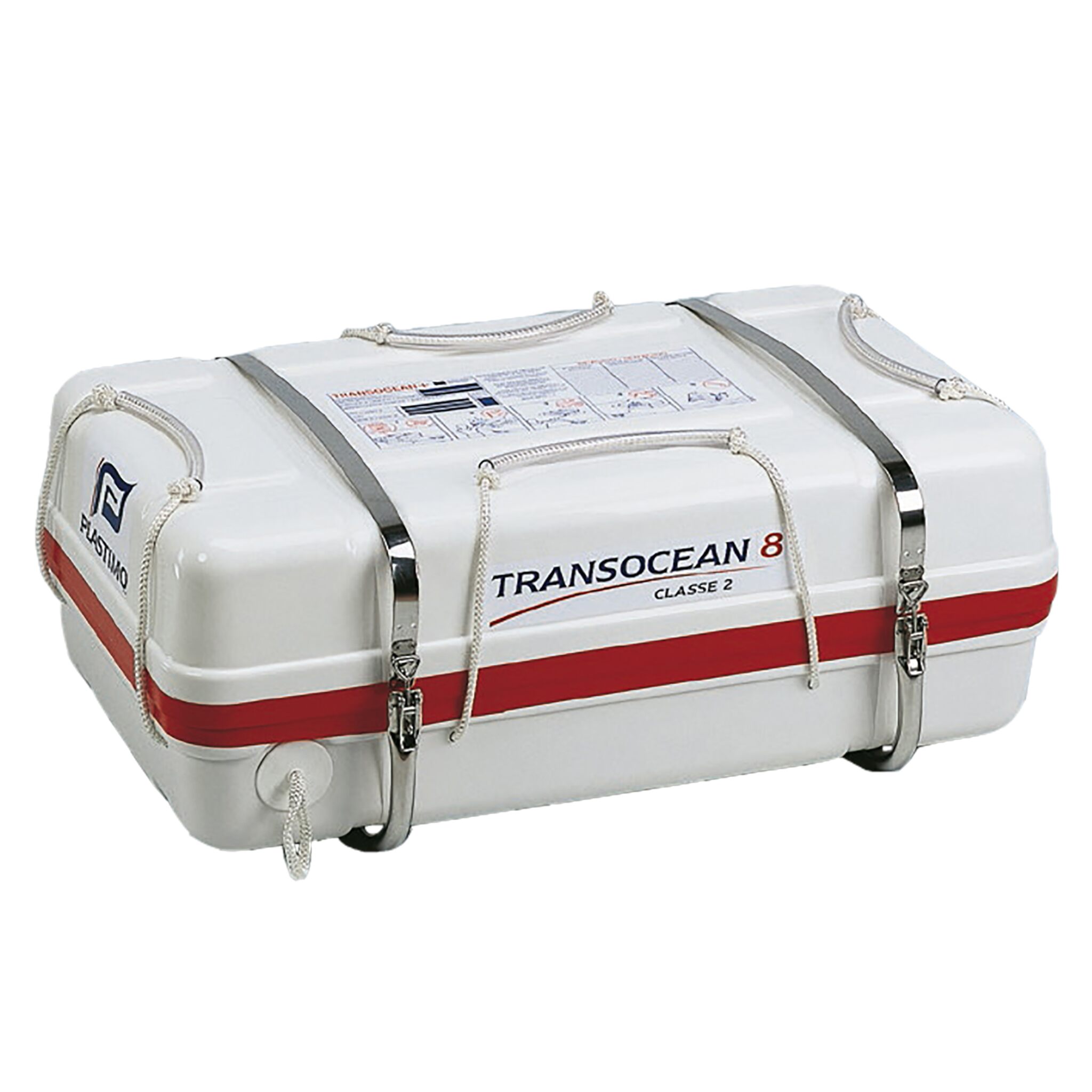Life rafts for boats and yachts
Any boat can get into distress at sea. Even near the coast, an accident with the boat can be a danger to life and limb even for lifeguards. life. A life raft is the solution in all exceptional situations at sea. Since 1960, there has been an internationally recognized convention that requires boats to be equipped with life rafts. liferafts. The IMO, the International Maritime Organization, has agreed on a legal regulation for shipping to the life raft. The most important content of this convention is the obligation to carry a life raft for all recreational craft and also charter boats that are skippered or crewed.
This obligation to be equipped with a life raft also applies to commercial shipping and traditional vessels. In the public this idea since the sinking of the Titanic in 1914 not only in circles of the shipping industry, but also in the press on a broad level discussed.
Function of the life raft
A liferaft is an inflatable life-saving device that must be able to accommodate everyone on board in an emergency. For boats over 14 meters rigid life rafts can also be used. The liferaft must meet different requirements depending on the body of water. Therefore, the liferaft is available as a version for coastal and for offshore.
A simple dinghy is never a substitute for a liferaft. The liferaft has an automatic inflation system, interior and exterior lighting, weather canopy, ventilation, operating manual, and usually thermo-insulated floor. Each liferaft is suitable for temperature fluctuations up to 65 degrees Celsius suitable. The liferaft is either in a bag or container before use. Also the emergency equipment that must be available on the liferaft is also required by law. Therefore, paddles, water, flares, anchors and a small pharmacy are always found on a liferaft. The life raft provides only initial protection until the arrival of the Rescue forces.
Types of life rafts on boats and yachts
A liferaft on an inland lake must meet very different requirements than ocean life rafts. Also, the liferaft that is sufficient for the European sea is different from the liferaft that is legally required for cruising around the world. According to ISO 9650, two models of liferaft are distinguished: Offshore life rafts or coastal life rafts and Offshore life rafts on boats up to 24 meters in length.
The offshore liferaft comes in standard and emergency versions. The liferaft Emergency secures the shipwrecked even longer than 24 hours. According to ISO 9650, the coastal liferaft is carried on the boat only in the standard version, because a timely rescue is expected. For the selection of the liferaft on worldwide voyages, the rules of thumb are that this liferaft should provide more space than there are people on board.
Liferaft maintenance
Every liferaft should be maintained at regular intervals according to the manufacturer's recommendations. For the liferaft, which must be carried on yachts and recreational boats, there is no legal regulation on maintenance. But a liferaft integrated on a commercial vessel is subject to mandatory maintenance every 12 months. Companies that are certified according to the regulations of the IMO as well as the Berufsgenossenschaft See are allowed to maintain this Life raft. A liferaft can only safely save lives if it works, so this liferaft-maintenance is mandatory for all seafarers.




